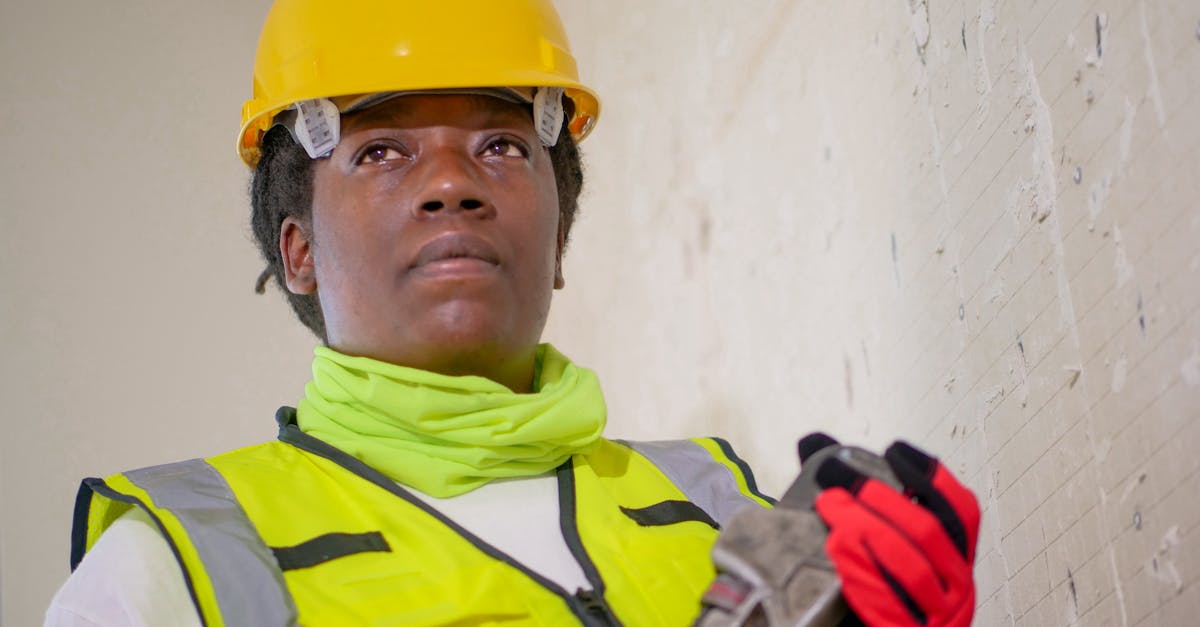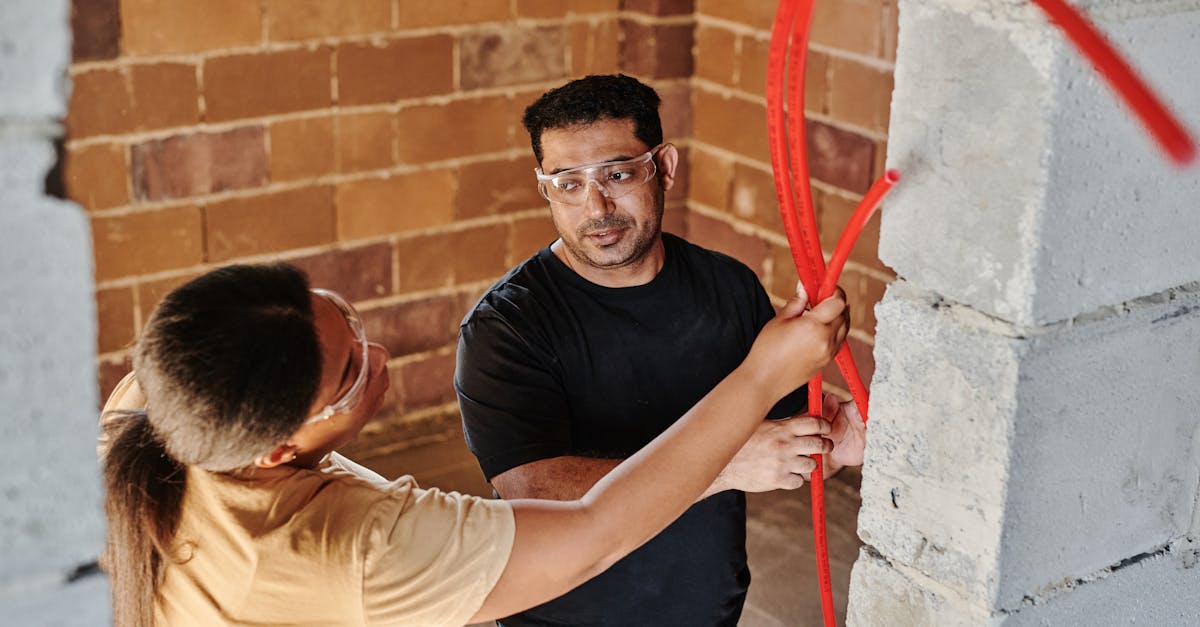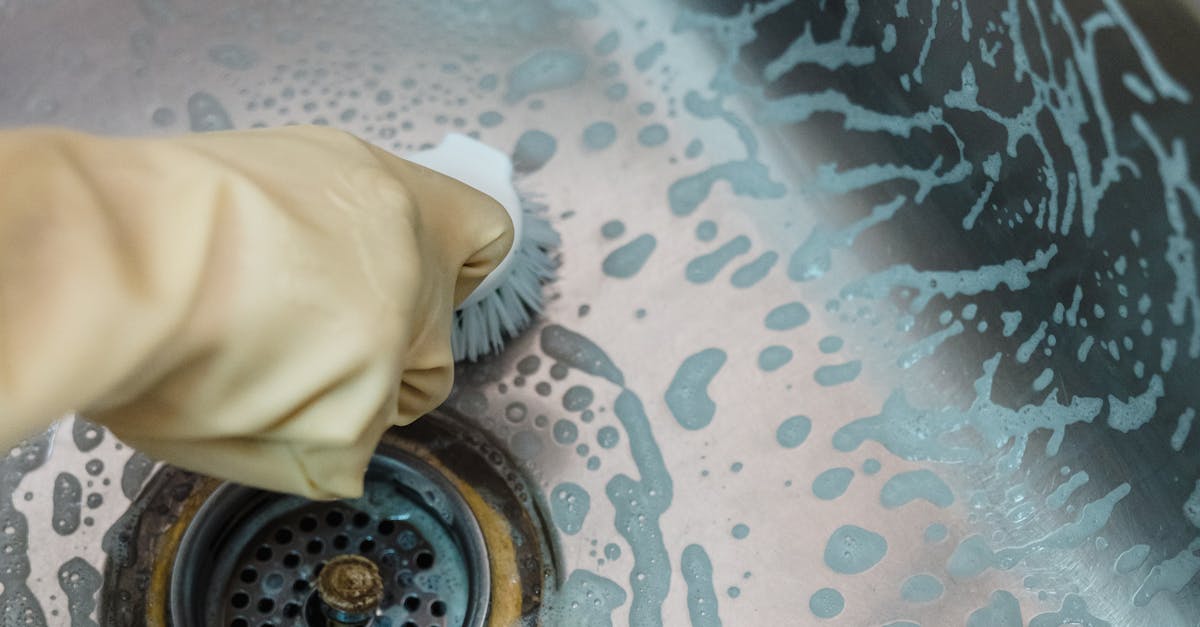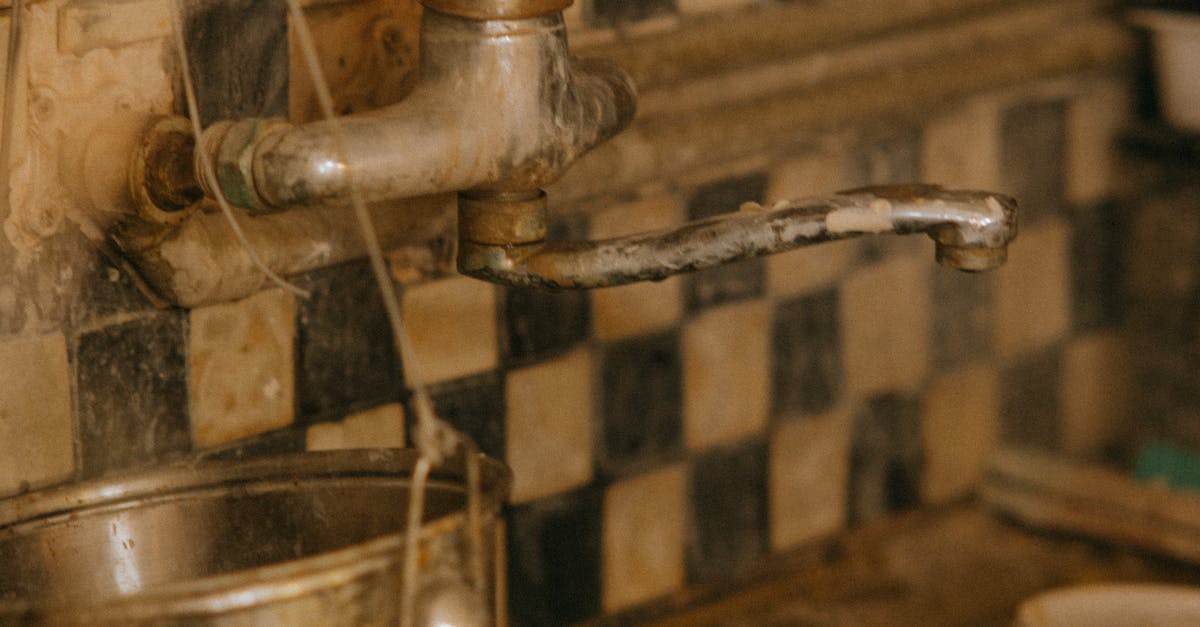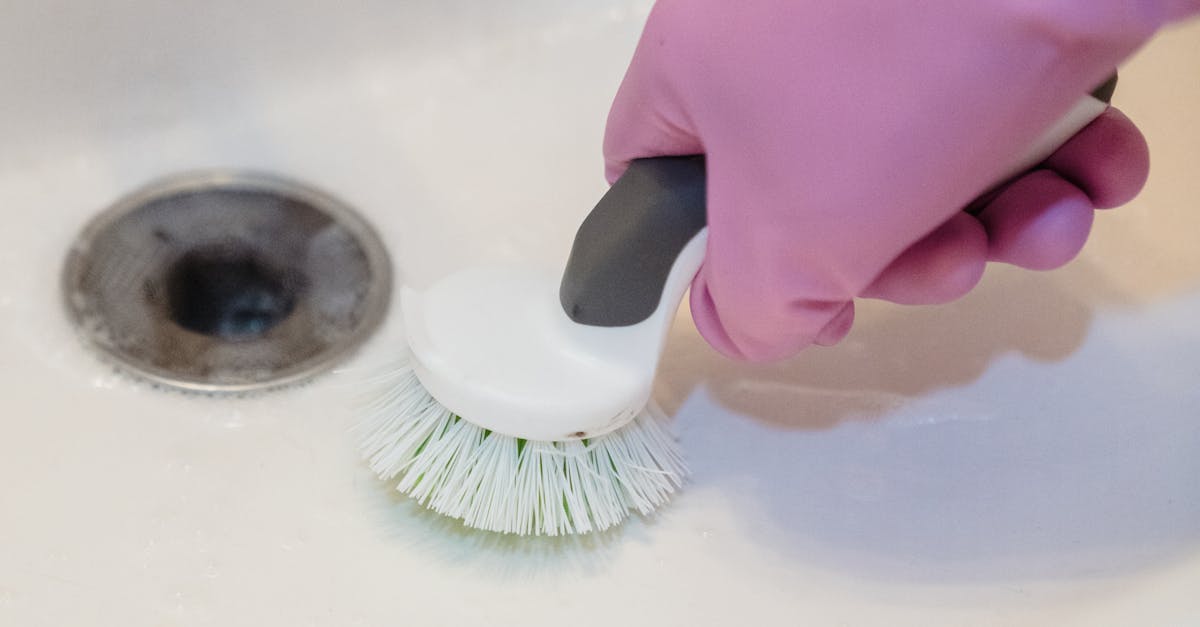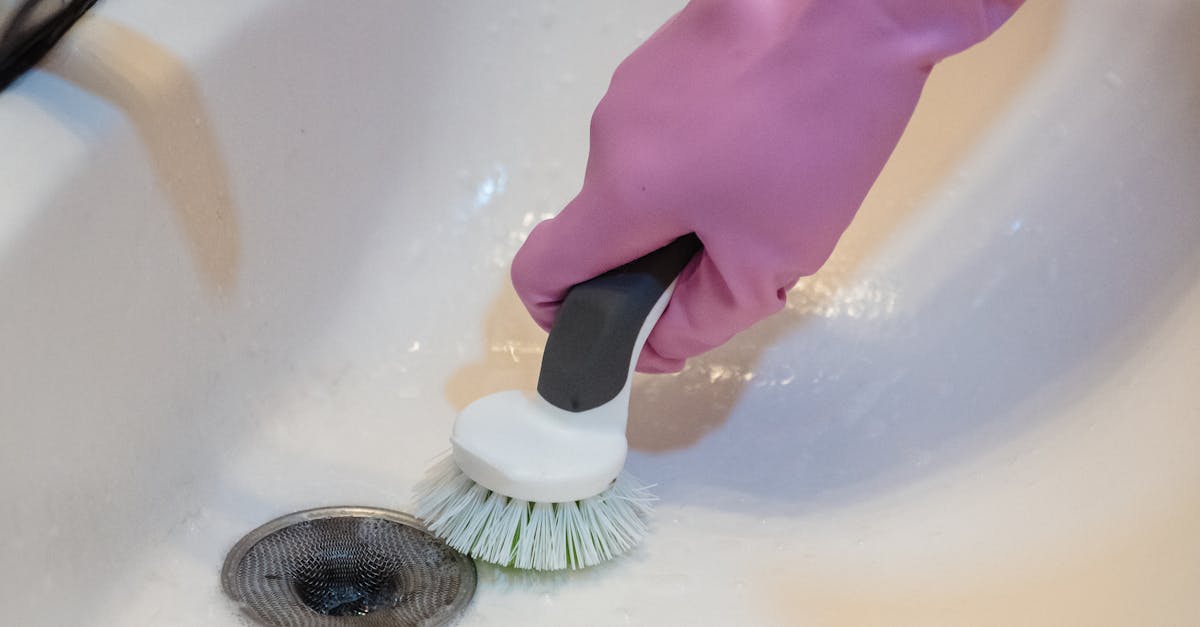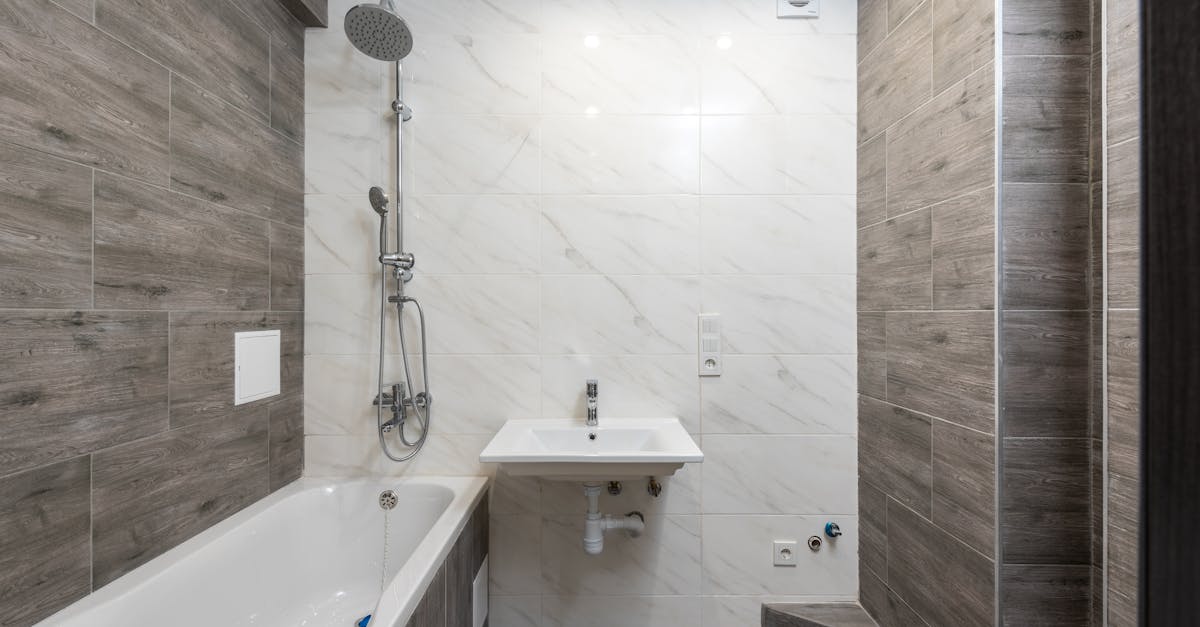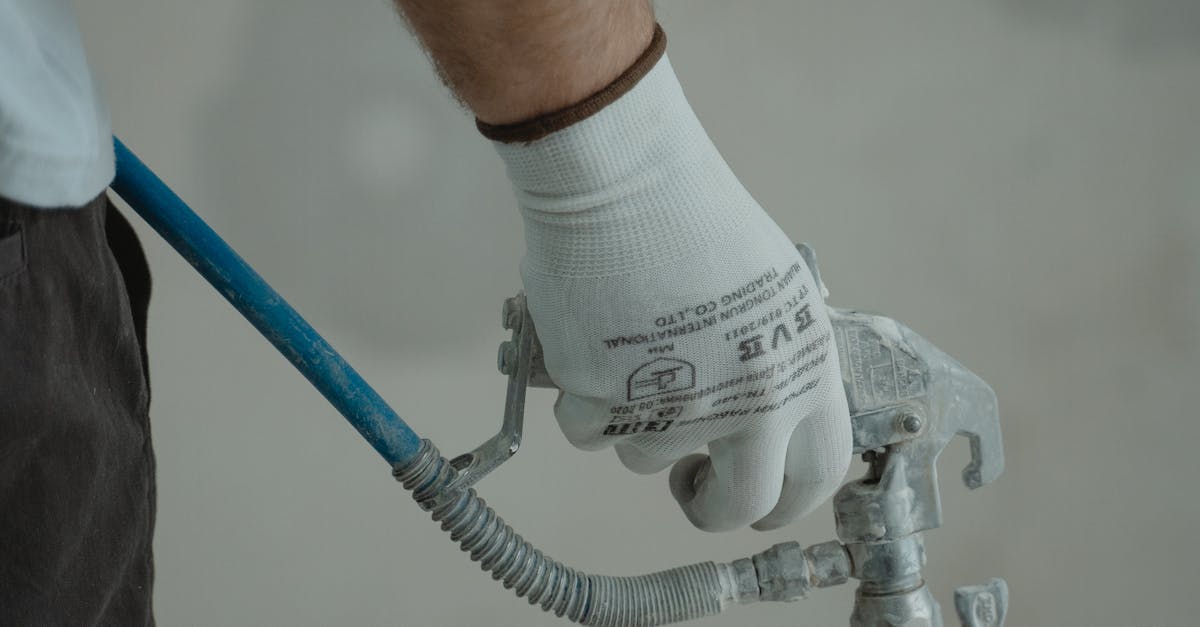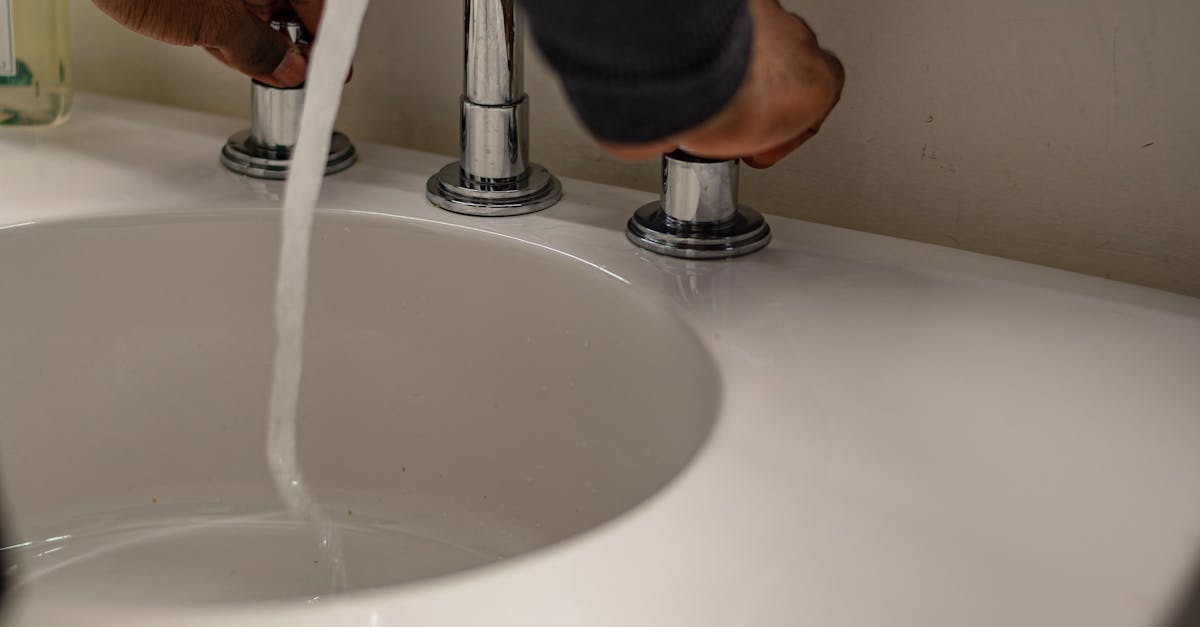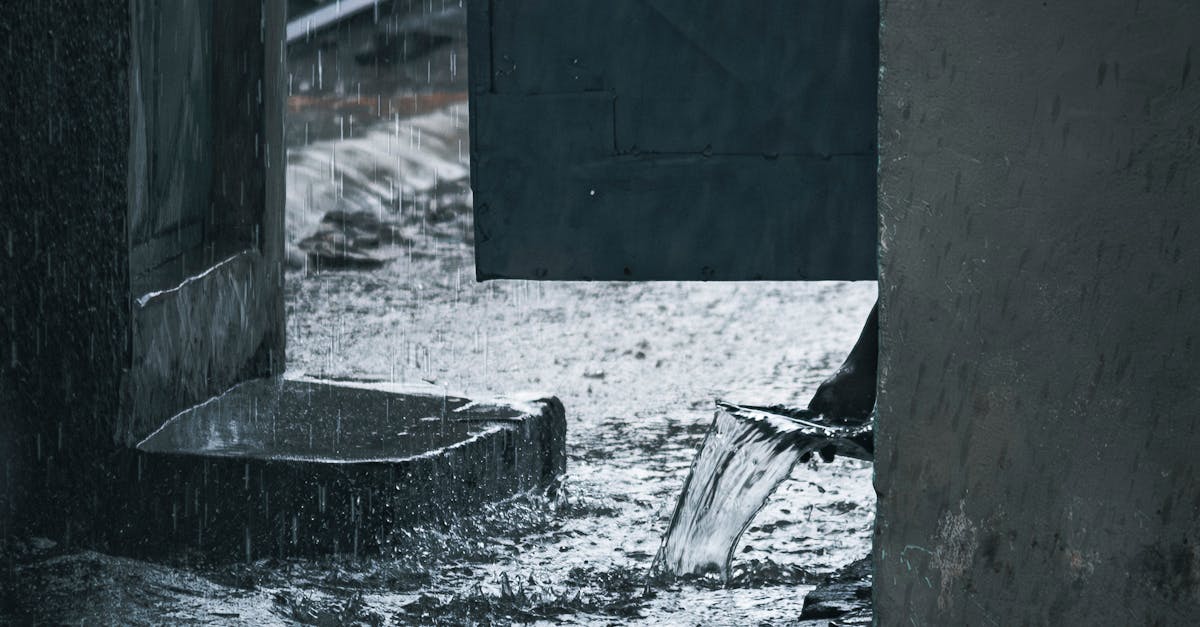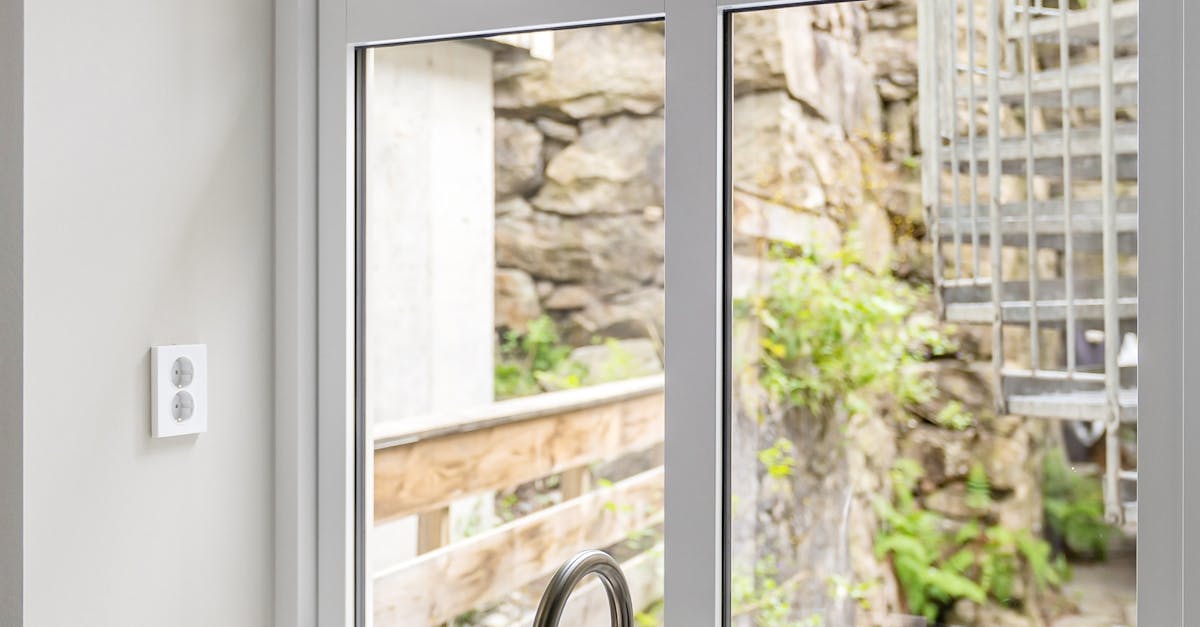
Table Of Contents
Identifying Waterproofing Issues
Identifying waterproofing issues in a bathroom can be a critical task, particularly in a strata-managed property. Numerous signs can indicate that waterproofing may have failed, including peeling paint, water stains on walls, or a persistent musty odour. The appearance of mould or mildew, especially in corners and around fixtures, often signifies inadequate waterproofing. In addition, observing damp patches or puddles on the floor after use can further suggest that water is not being contained properly.
Engaging a professional, such as a strata plumber, can greatly assist in diagnosing these issues. They possess the expertise to assess the effectiveness of existing waterproofing measures and can identify both overt and subtle signs of water ingress. A thorough inspection can provide clarity on the extent of damage, enabling informed decisions about necessary repairs and preventative measures moving forward.
Signs of Water Damage in Bathrooms
Water damage in bathrooms often manifests as discoloured patches on walls and ceilings. These stains can be an early indicator of leaks or dampness that has been allowed to fester over time. Homeowners should also be on the lookout for warped surfaces around fixtures. Floor tiles may lift or crack, prompting a need for immediate inspection by a strata plumber.
In addition to visible stains, a persistent musty smell can indicate underlying moisture issues. Mould growth is another alarming sign, as it thrives in damp environments. Homeowners should not hesitate to contact a strata plumber if they notice any of these signs. Prompt attention to water damage can help prevent more significant problems down the line.
Common Causes of Bathroom Water Problems
Bathroom water problems can often arise from various internal factors. Leaky pipes and faulty fixtures frequently contribute to water accumulation in bathrooms. Over time, these leaks may go unnoticed, leading to extensive damage beneath tiles or behind walls. Regular inspections by a strata plumber can help identify these hidden issues before they escalate into major repairs. Furthermore, improper installation or deterioration of sealants around showers, bathtubs, and sinks can compromise waterproofing elements, increasing the risk of water damage.
External factors also play a significant role in bathroom water problems. Poor drainage systems or blocked gutters can direct water towards the building's foundation, eventually causing it to seep into bathrooms. Additionally, weather-related issues, such as heavy rains or flooding, may exacerbate existing vulnerabilities in waterproofing. Engaging a strata plumber to assess external influences is essential for ensuring that preventative measures are taken to minimise potential damage to the building and its amenities.
Internal and External Factors
Internal factors contributing to waterproofing issues in bathrooms often stem from poor construction practices or the use of substandard materials. A lack of regular maintenance can exacerbate these problems, as accumulated wear and tear may go unnoticed until significant damage has occurred. Leaks from plumbing fixtures or internal connections frequently create moisture traps, leading to mould growth and structural damage over time. Engaging a strata plumber can provide timely inspections and necessary repairs to mitigate these internal risks.
External factors also play a crucial role in the waterproofing of bathrooms. Weather conditions influence the exterior drainage systems, which can affect how water interacts with the building. Poor drainage or blockage can cause water to pool around foundations, increasing pressure on walls and potentially causing leaks. Additionally, tree roots can invade plumbing systems, leading to further complications. Addressing these challenges often requires the expertise of a strata plumber, ensuring both internal and external elements are effectively managed.
The Cost of Waterproofing Repairs
Addressing waterproofing issues in bathrooms can be a costly affair. The severity of the damage and the extent of repairs required will largely dictate the overall expenditure. In many cases, initial assessments by a strata plumber may reveal underlying issues that require immediate attention. These assessments can include inspections of plumbing fixtures, seals, and drainage systems, all of which contribute to the overall cost. Timely repairs are essential to prevent further water damage, which can escalate financial implications significantly.
Budget considerations for strata can be complex when it comes to waterproofing repairs. Costs can vary based on the materials needed, the size of the affected area, and the specific services provided by the strata plumber. While some minor repairs may be manageable within a tight budget, extensive waterproofing projects might require a more substantial financial commitment. Ultimately, it is prudent for stratified developments to allocate funds for regular maintenance and unforeseen plumbing issues to ensure long-term protection against water damage.
Budget Considerations for Strata
When addressing budget considerations for strata regarding waterproofing, it is essential to assess the financial implications of repairs and maintenance. Strata management typically needs to allocate sufficient funds for unexpected issues that may arise. Partnering with a qualified strata plumber can ensure that any waterproofing concerns are promptly identified and rectified, potentially saving costs in the long run.
The financial burden of waterproofing repairs can vary significantly based on the extent of the damage and the solutions required. Strata owners should be prepared for both routine maintenance expenses and larger capital works. Engaging a reputable strata plumber may offer insights into cost-effective strategies, including proactive measures that can reduce future repair costs and disruptions.
FAQS
Is strata responsible for bathroom waterproofing in my apartment?
Generally, strata is responsible for the building's common property, which may include waterproofing in shared areas. However, individual unit owners are often responsible for waterproofing within their own bathrooms. It's best to consult your strata's by-laws for specific responsibilities.
What are the signs that I need to address bathroom waterproofing?
Signs of potential waterproofing issues include water stains on walls or ceilings, peeling paint or wallpaper, musty odours, and mould growth. If you notice any of these signs, it's important to investigate further.
Can the cause of water damage in my bathroom be due to external factors?
Yes, external factors such as poor drainage, blocked gutters, or leaks from neighbouring units can contribute to water damage in your bathroom. It's essential to identify whether the issue is internal or external to determine responsibility.
How much can I expect to pay for waterproofing repairs?
The cost of waterproofing repairs can vary significantly depending on the extent of the damage and the specific repairs needed. A small leak may cost a few hundred dollars, while extensive work could run into thousands. Always obtain multiple quotes for accurate budgeting.
Who should I contact if I suspect waterproofing issues in my bathroom?
If you suspect waterproofing issues, start by contacting your strata management to report the problem. They can help assess the situation and determine whether it falls under common property issues or individual owner responsibilities.
